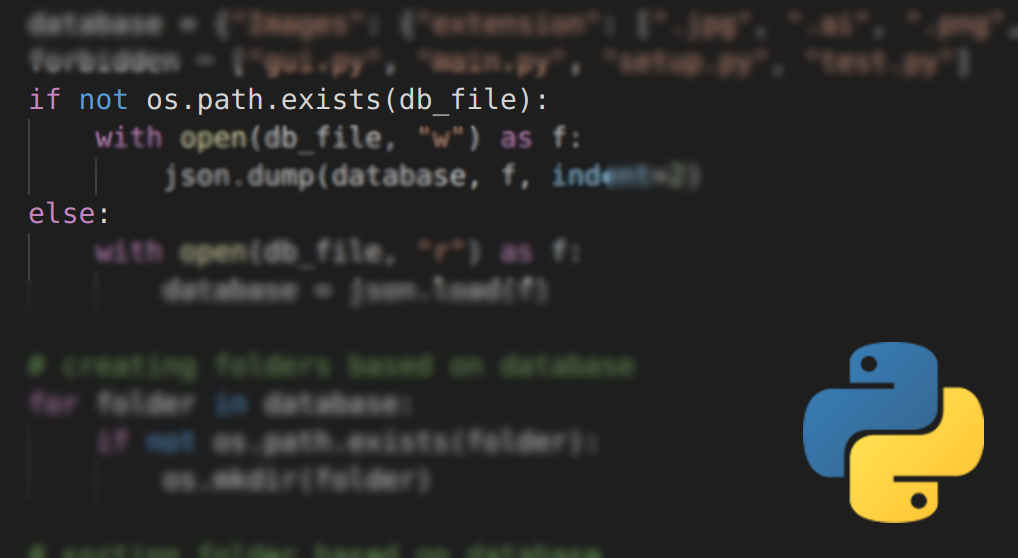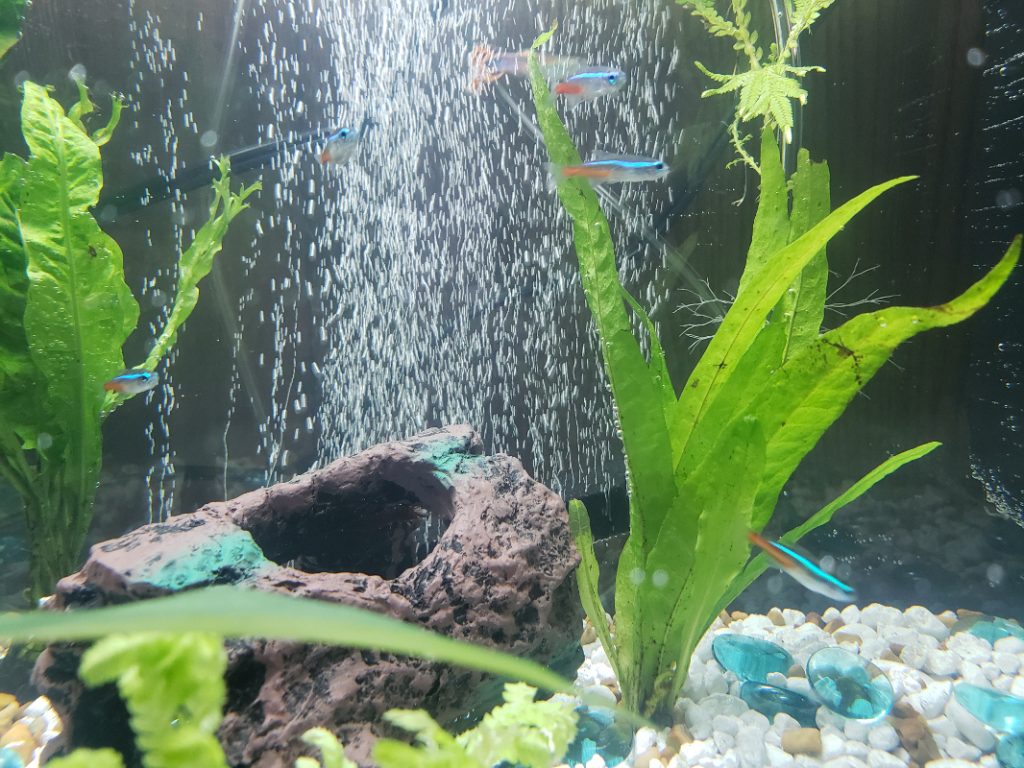Hold on, the What?
Barefoot shoes are shoes with no drop (the heel is on the same level as the toes), minimal to no cushioning, a wide toe-box, and no arch support. The most iconic barefoot shoes being the Vibram FiveFingers.

Barefoot shoes are shoes with no drop (the heel is on the same level as the toes), minimal to no cushioning, a wide toe-box, and no arch support. The most iconic barefoot shoes being the Vibram FiveFingers.

I'm at the door. I can feel my heart beating in my legs. I just ran 6 miles, crossing on red lights, jumping over dogs. I think I accidentally bumped into an old lady. My hands are like wet noodles trying to hang on to the door handle while opening it. I slam the door behind me and run to my bedroom. I want to fall asleep. I want this to end. I can still hear her voice. Wait, did she say anything? Am I imagining things? Please let this end. I get in bed, and I wake up.
View More A nightmare story – part 2I’m walking down the street in a ginormous grey city. There are maybe one or two people on the opposite sidewalk, otherwise the street is empty, almost eerie.
View More A nightmare story
First off, don't do black hat hacking. This article is in no way endorsing it. I usually hack plugins because the price for premium seems quite often to be too much and close to feeling like a rip off. As it turns out, I'm usually not that far away from the truth.
View More How I hack WordPress plugins and why you should too
Fixing the CSS on a WordPress website can be tricky. Especially given that each theme and (if I'm not wrong) plugin can add their own.
I started fixing CSS on WordPress websites with my . I started with just googling how to do this and that and eventually came up with my own pattern for fixing CSS.
View More How to fix WordPress CSS
A good teacher of mine defined Calculus as the study of change.
I see Calculus as a series of cool tricks to make particular calculations much easier than they would otherwise be. I'll cover where the first tricks you would likely learn in a Calculus class come from.
Let's look at this graph of y = x².
View More Calculus: an extremely simple introduction
The if, elif, and else statements are all there to allow for decision making in python and other programming languages as well.
Let's look at a simple if statement code:
View More Python if, elif, else statementsMy last post was about getting a quick start in python. Now it would be much more interesting to apply the knowledge to a specific task. For this reason I decided to go through a really simple login system in python where a user can register and/or login using a username and a password.
View More Python login systemA guide to help people new to python get a boost in learning the language
View More Python turbo-start guide
Having been completely new to the aquariumist hobby we were looking for information anywhere we could find it. Interestingly some details get left out very often as if they're common knowledge everyone knows anyway. I decided to share what we've learned including all the little details to hopefully make it easier you.
View More How to start up an aquarium/fish tank